
All photographs © Jenny J. Norris. Guards check passports at Parliament in Kiev for a Liquidators rally on March 16, 2011.
Photographer Jenny J. Norris‘s images of Chernobyl “Liquidators” and developmentally disabled children born in Chernobyl following the nuclear meltdown 25 years ago, are part of an exhibition and event series taking place at the Ukrainian Institute in New York City through April 26, 2011, in remembrance of the anniversary of the disaster. The importance of the Chernobyl anniversary has been magnified by the ongoing nuclear crisis at the Fukishima power plant in Japan, and the human cost of nuclear power takes center stage in Norris’ images of men and children whose lives are marked by the difficult legacy of Chernobyl.
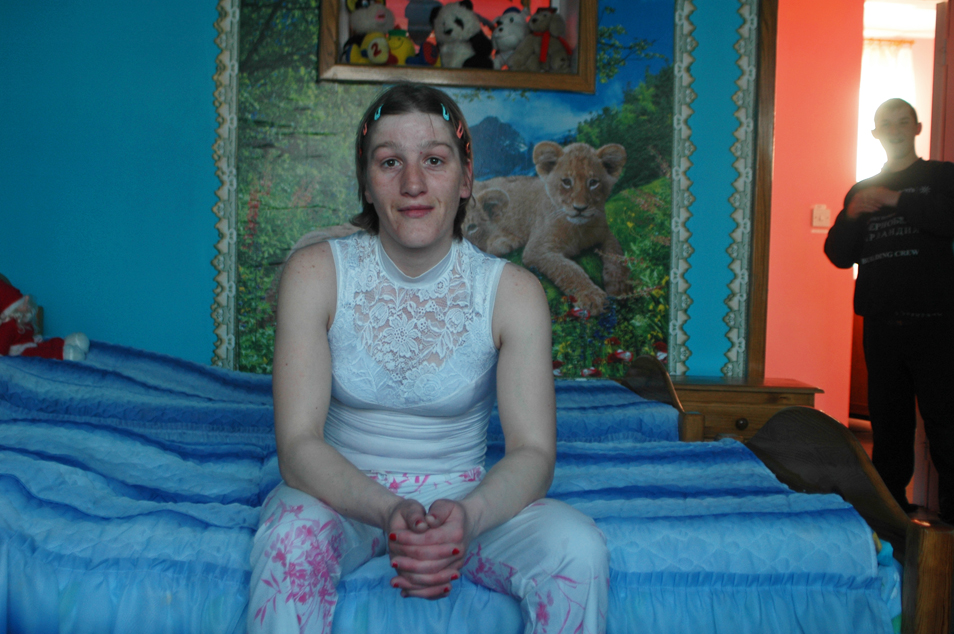
A young woman residing in the low dependency ward of Vesnova Mental Asylum, Chernobyl zone, Belarus.
Norris first became interested in creating a series of images about Chernobyl through her personal work teaching art and photography to children in impoverished areas around the world. She made arrangements through Chernobyl Children International to teach and make photographs at the Vesnova Mental Asylum in Belarus. Many of the children and young adults there were born in Chernobyl after the disaster, and though Norris says that staff at the asylum do not say explicitly that the developmental disabilities of the residents are radiation-related, there is an unspoken assumption. While at Vesnova, Norris showed residents how to make pictures, printing out their work for them on a portable printer she brought. “They were practically tearing the photos I gave them because they were so excited,” Norris recalls.
 Vesnova Mental Asylum, Belarus. Going for a daily walk around the complex. Most children never leave the Asylum until they are 18, when they are transferred to another mental asylum for adults in the neighboring region.
Vesnova Mental Asylum, Belarus. Going for a daily walk around the complex. Most children never leave the Asylum until they are 18, when they are transferred to another mental asylum for adults in the neighboring region.

A bed-ridden child that was abandoned by parents living in the Chernobyl zone. Vesnova Mental Asylum, Belarus.
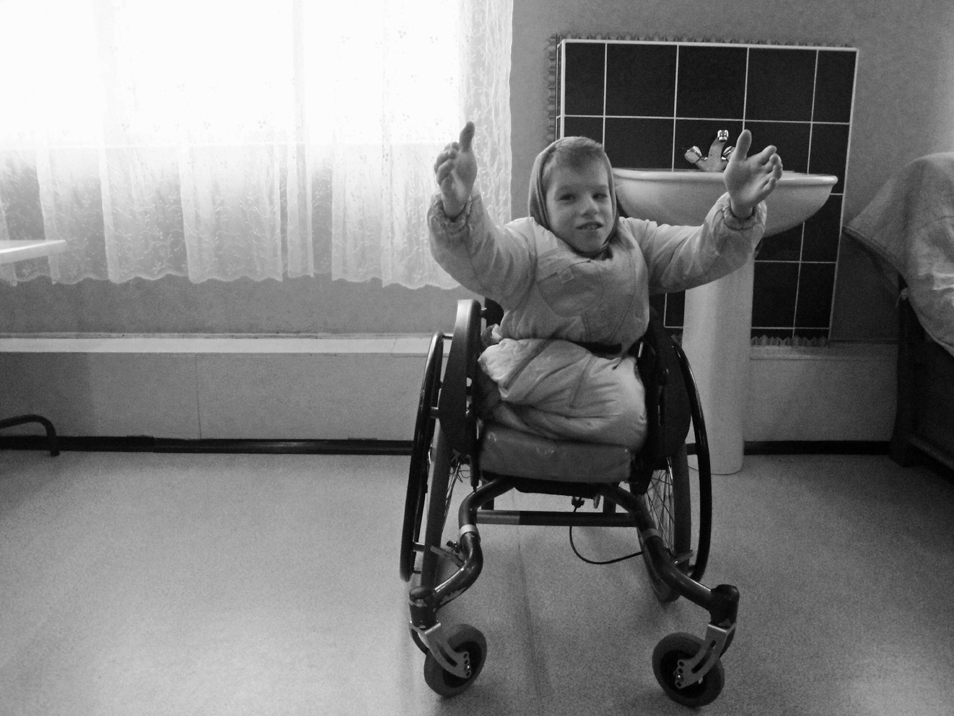 A child born in the Chernobyl zone without legs and abandoned by his parents. Vesnova Mental Asylum, Belarus.
A child born in the Chernobyl zone without legs and abandoned by his parents. Vesnova Mental Asylum, Belarus.
The group of more than 800,000 men who carried the burden of cleaning up the Chernobyl site are referred to as “Liquidators.” Though tens of thousands of the liquidators died within the first 10 years after the cleanup, many more live on with physical and psychological ailments, and they have struggled to get the benefits promised to them by the Soviet and subsequent governments for their sacrifice. With help from the Chernobyl Museum in Kiev, Norris made arrangements to photograph a rally the liquidators held in Kiev, and also to interview several of them about their experiences.
 “Careful! Radioactive!” Liquidators of Chernobyl protesting for health benefits in Kiev. March 16th, 2011
“Careful! Radioactive!” Liquidators of Chernobyl protesting for health benefits in Kiev. March 16th, 2011
According to Norris’ accounts of her conversations with the liquidators, a majority of the men were drafted to clean up the site, and were not told about the danger inherent in the work they were being asked to do. Many were coal miners, and they were told that their work was “going to be coal mining training,” Norris says. “They literally watched friends die in front of them from acute radiation poisoning.”
 Liquidators of Chernobyl who worked on the roof near the sarcophagus, clearing highly radioactive debris from the explosion. Workers were only allowed in two minute shifts to avoid acute radiation syndrome.
Liquidators of Chernobyl who worked on the roof near the sarcophagus, clearing highly radioactive debris from the explosion. Workers were only allowed in two minute shifts to avoid acute radiation syndrome.

 Miners from the south of Ukraine drafted as liquidators describing their experiences while working in Chernobyl. “Most of our friends have died of cancer from radiation exposure.”
Miners from the south of Ukraine drafted as liquidators describing their experiences while working in Chernobyl. “Most of our friends have died of cancer from radiation exposure.”
Norris plans to continue her project by speaking with Chernobyl survivors who now live in the New York area. “It’s a very current issue—where the sources of energy are coming from. And I think people should really question that.” Interestingly, Norris says that despite what the liquidators have been through as a result of Chernobyl, all of the men she spoke with still support nuclear energy.
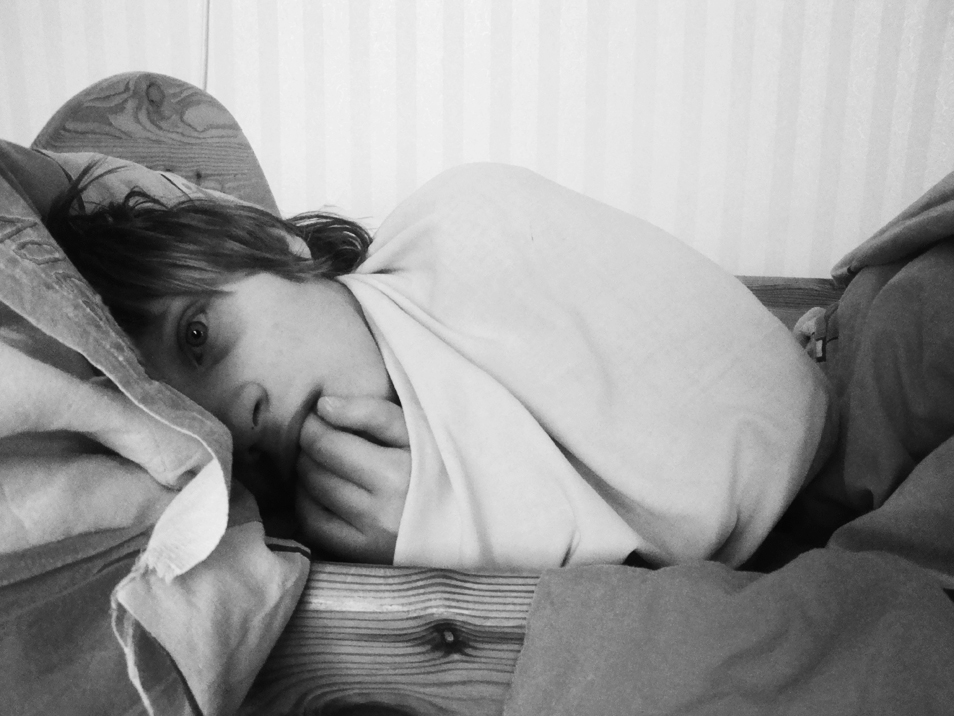
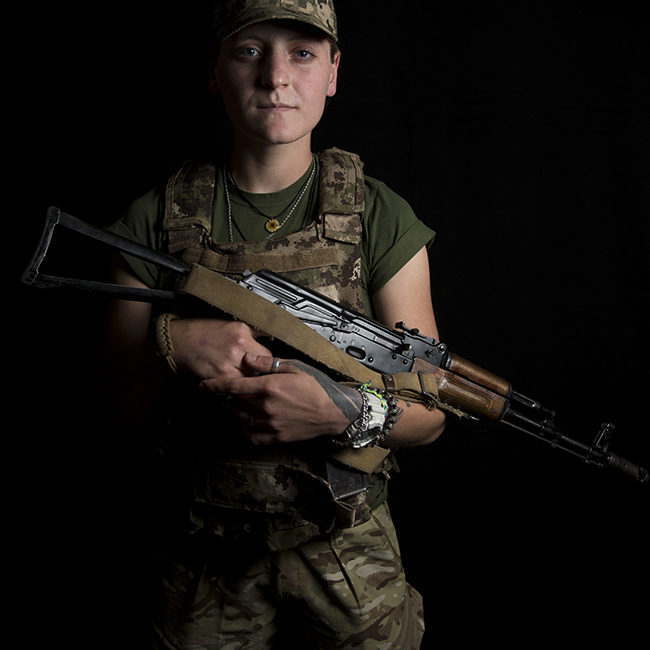
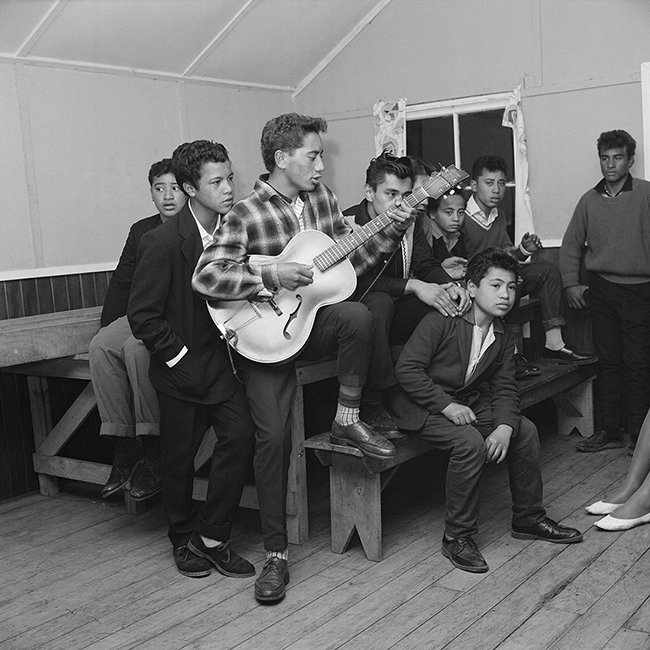
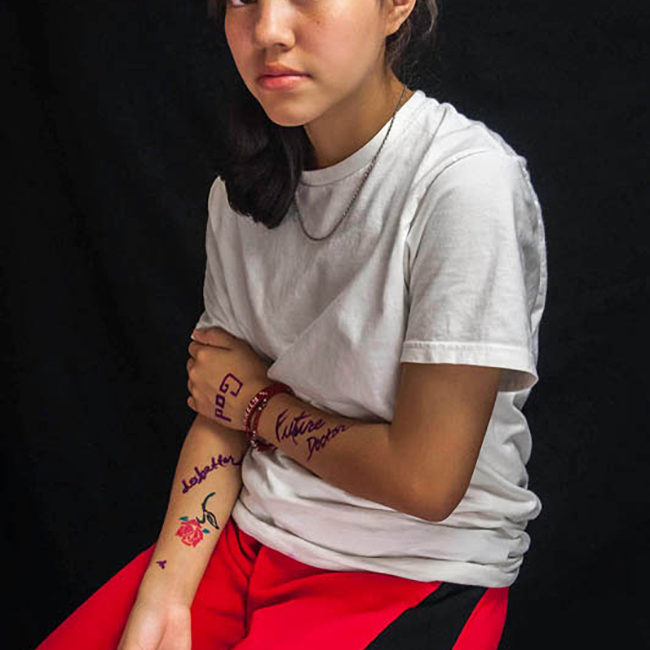
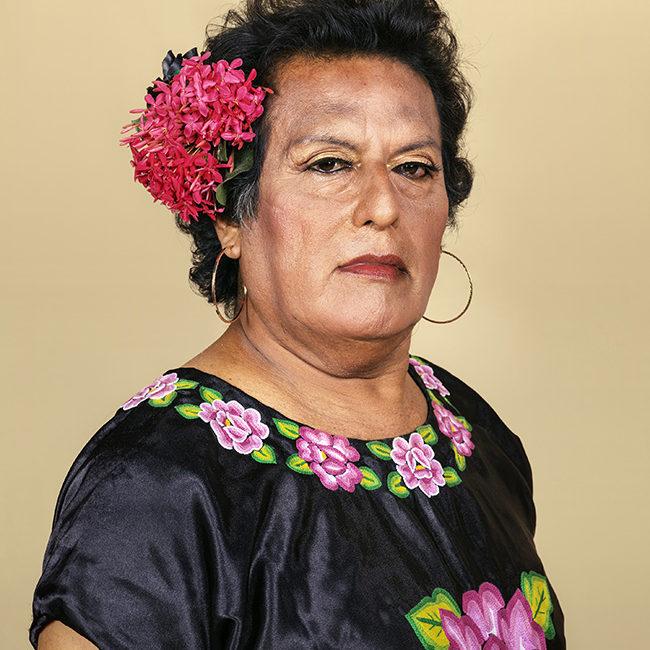
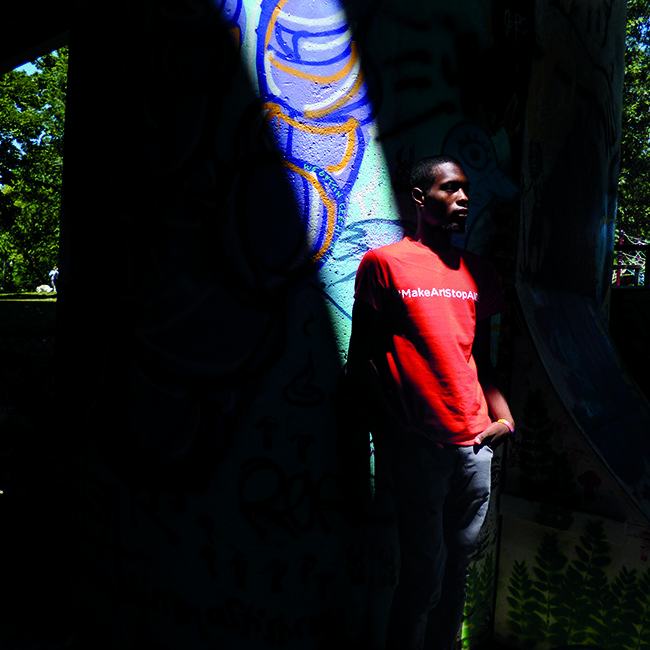
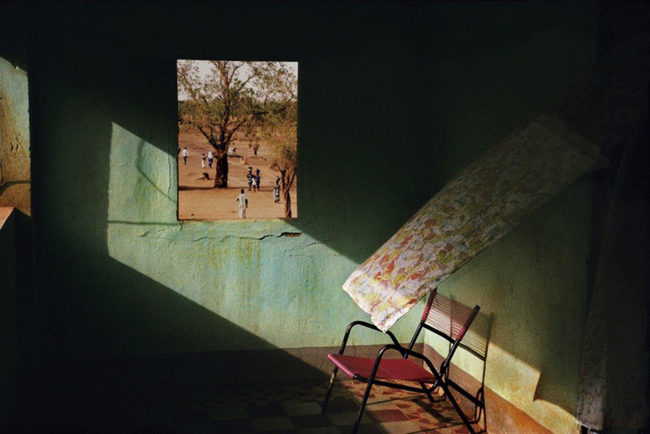




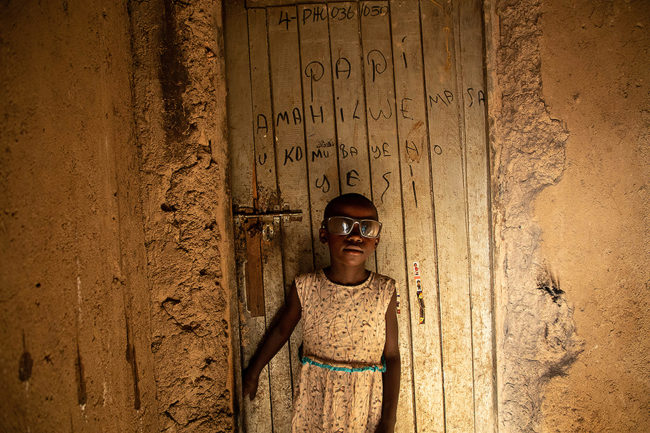

Here are more pictures of Pripyat in 2011
http://www.stumbleupon.com/su/15rVuN/www.buzzfeed.com/jansmithphotography/1-entrance-to-pripyat-377x
The elites in all countries consider the average working man’s life as the cost of doing business, from which only they profit, and very handsomely. In the US we send OPEC (Other People’s Expendable Children) to fight in OPEC (Oil Producing and Exporting Countries) for control of the world’s fossil fuels and thus the politics of the world. When will we wake up and overthrow these plutocrats?